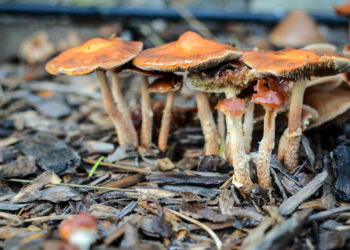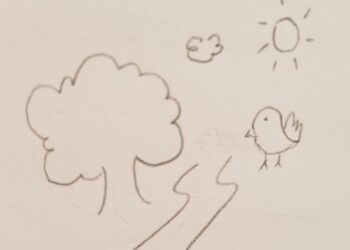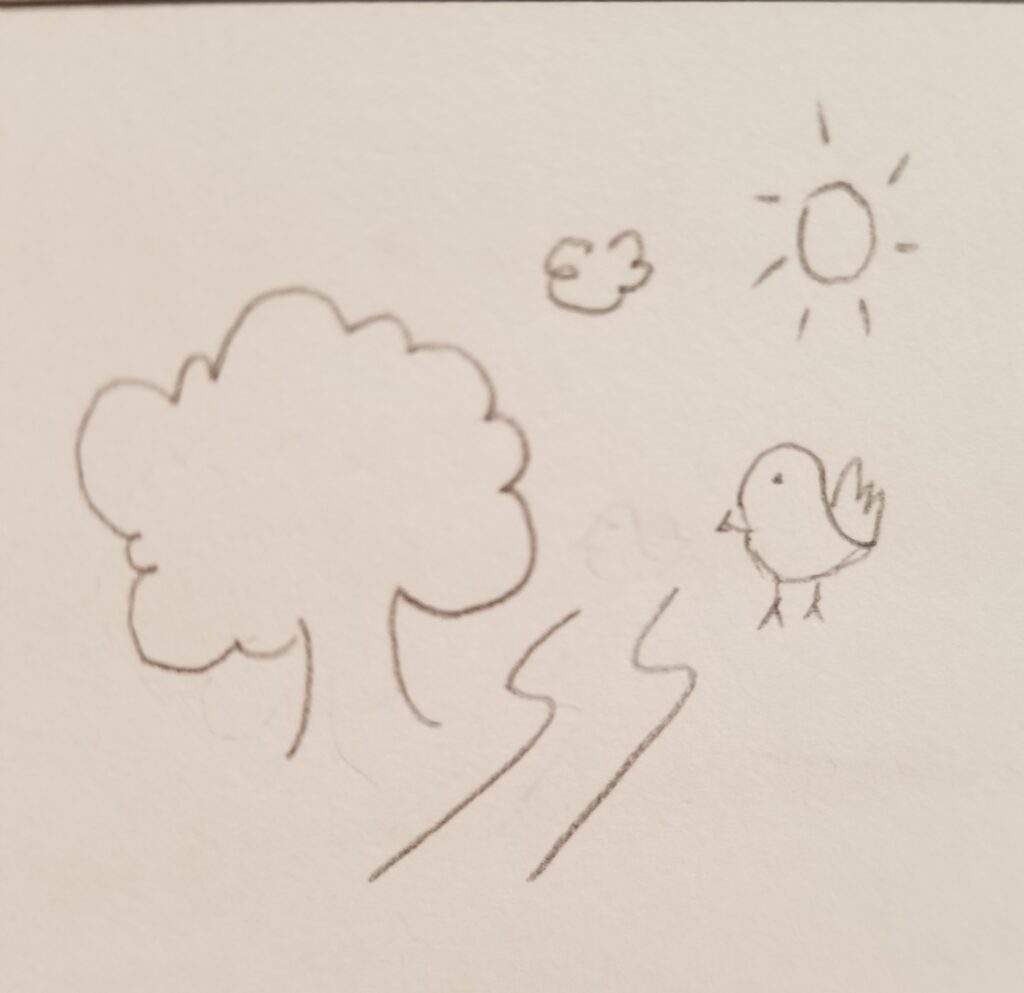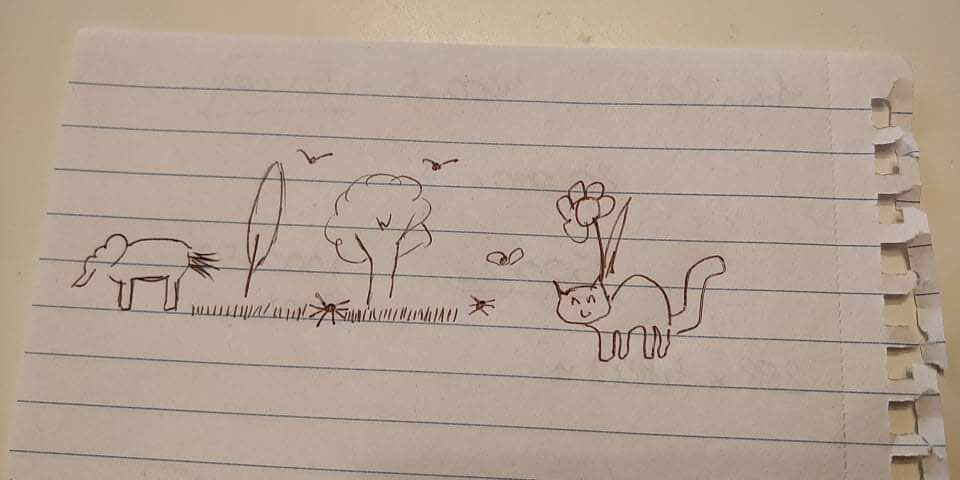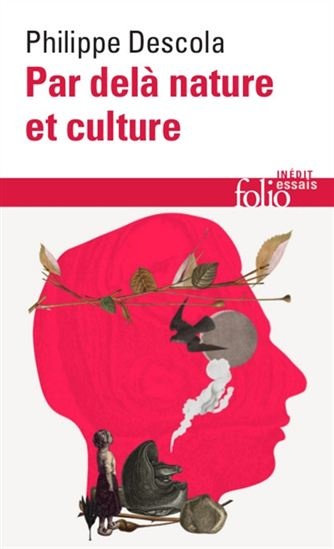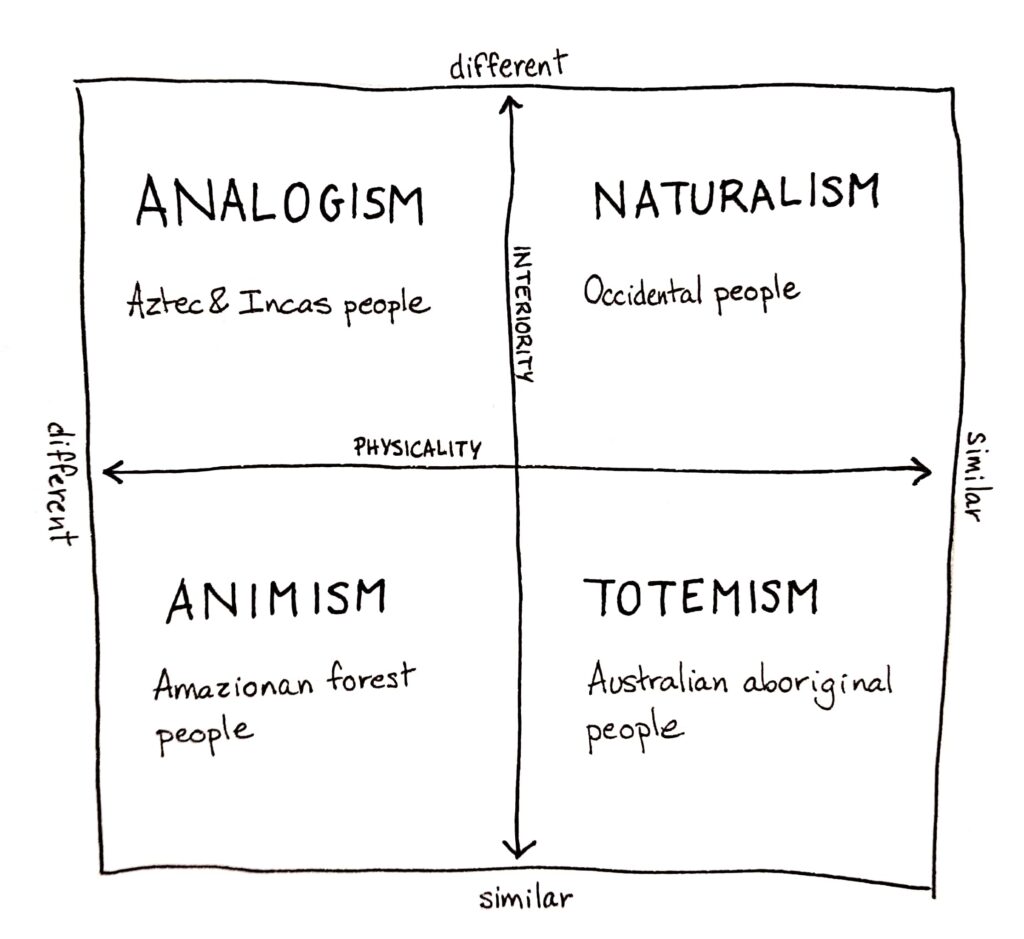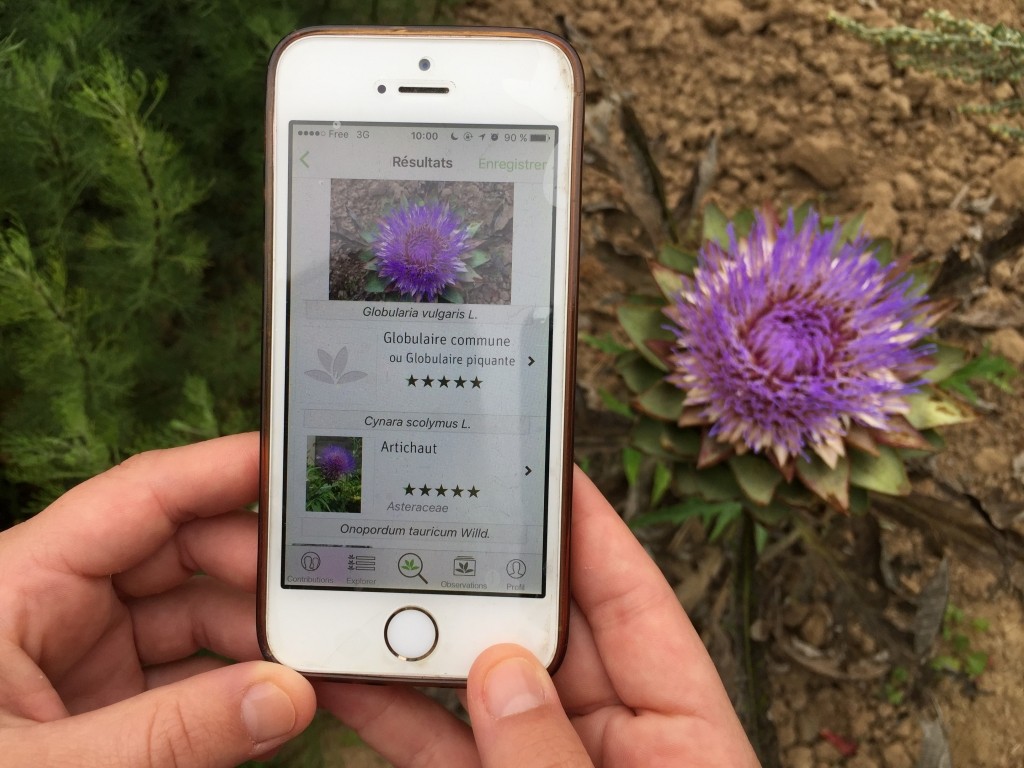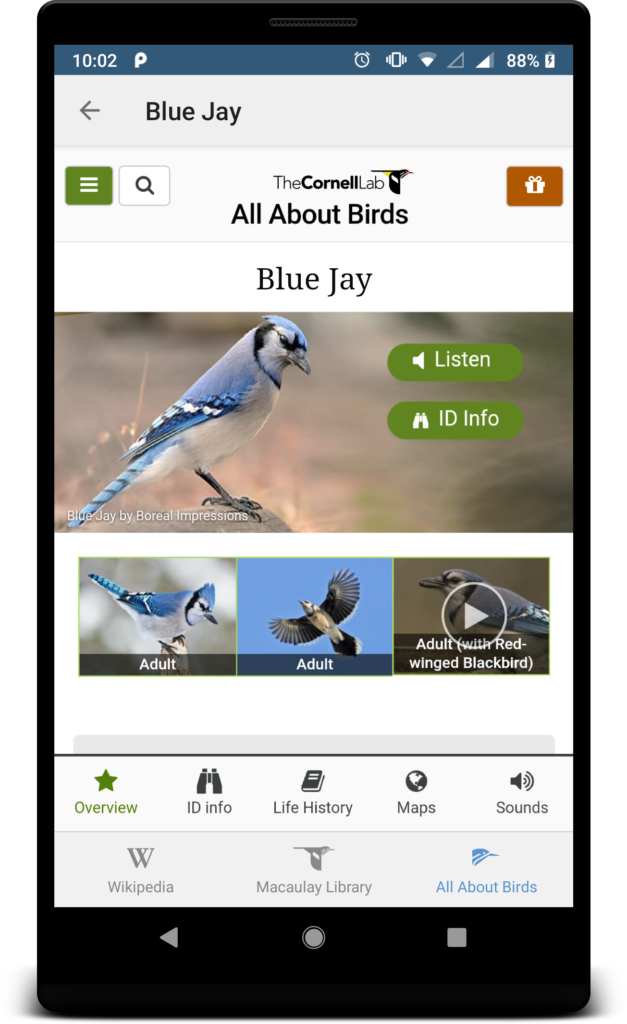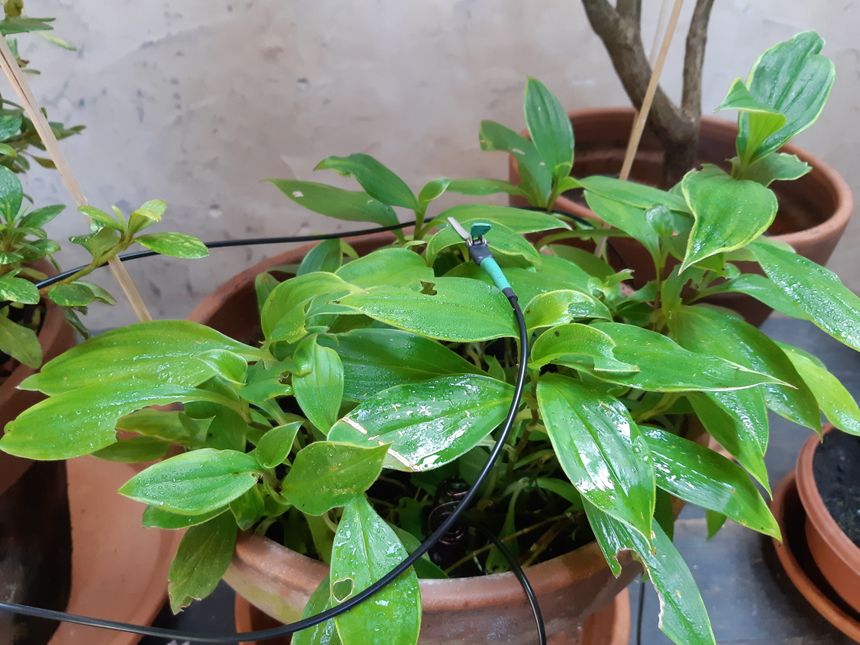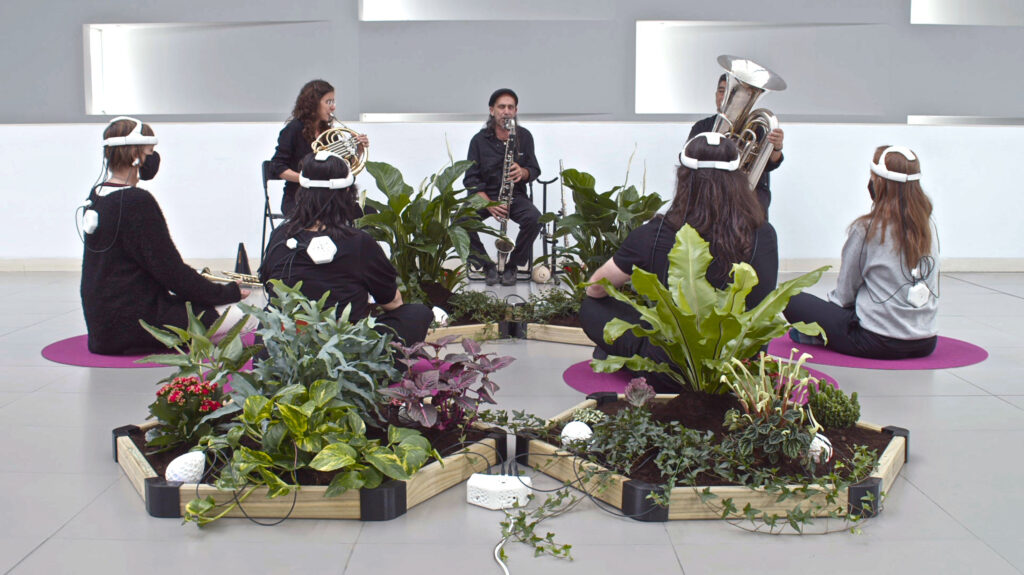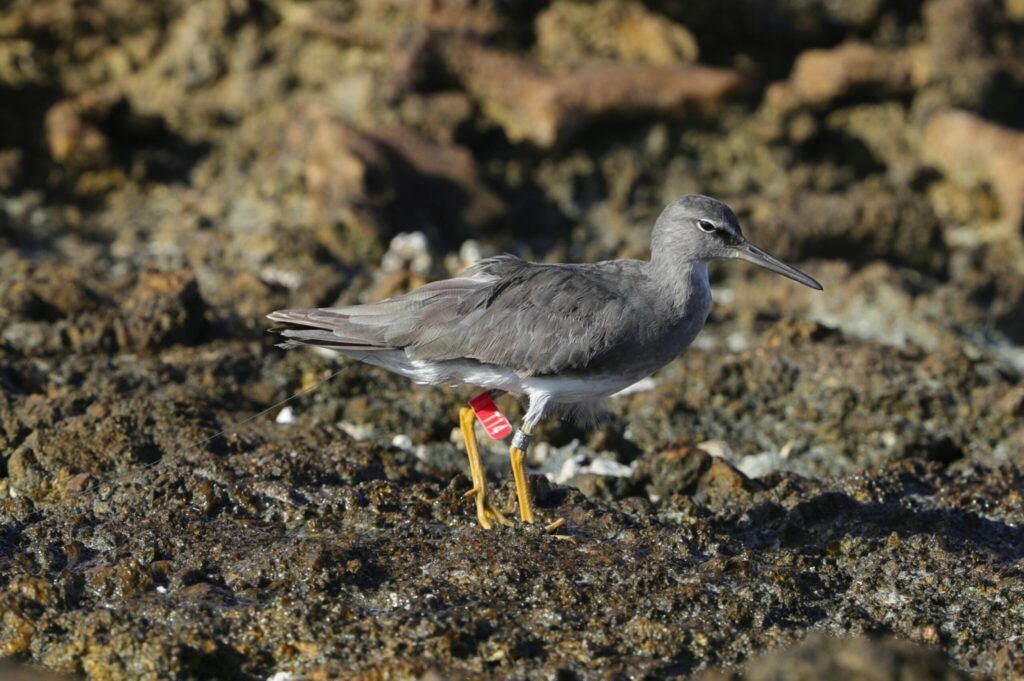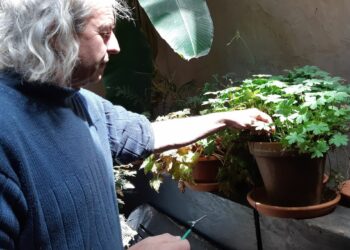What similarities could be between us and nature ? Not the physical aspect for sure, maybe that we both breath, but what about communication and feelings ? Can nature also transmit messages and feel ? Or… even more !
A way of communication between plants – Internet of the forest
Do you know the “wood-wide-web” ? When you go in the forest, hidden under your feet, stands millions of mushrooms connections : the mycellium. Those thread-like strands connects the different mushrooms together, ut also have some connections with the tiniest roots of trees. This type of connection is called mychorrizal network and let the mushrooms trade some nutrients to the tree and receive sugar from it (1).
In addition to that role of symbiosis, mychorrizal networks also allow between different trees about drought, imminent insect attack, weather and so on. Some researchers as Peter Wohlleben (2) go even further and conclude that trees use the communications network to support each other, sharing carbon and “loaning” sugars between tree species, such as between conifers (fir) and deciduous trees (birch).
Anticipation – What if nature could have more senses than us ?
During the 60’s, the american scientist Cleve Backster waas known for his polygraph machine, that was a way of detecting lies by pulse, respiration and galvanic skin response. One day when alone at night in the office, he saw on his desk a plant, and he wanted to test on it the lie-detection machine. In order to get a response from the machine, Backster wanted to cause anxiety to the plant, to get the same state as an human lying. Then he thought about burning one of the leaves. But before he burns it, the machine registered a big response coming from the plant ! Backster was sure : not only had the plant demonstrated fear — it had also read his mind (3).
This can be a bit hard to believe, but some people tried to do the experiment on themselves and had similar results (4). So maybe plants are actually able of more than humans and can anticipate thoughts in a way.
Sources :
